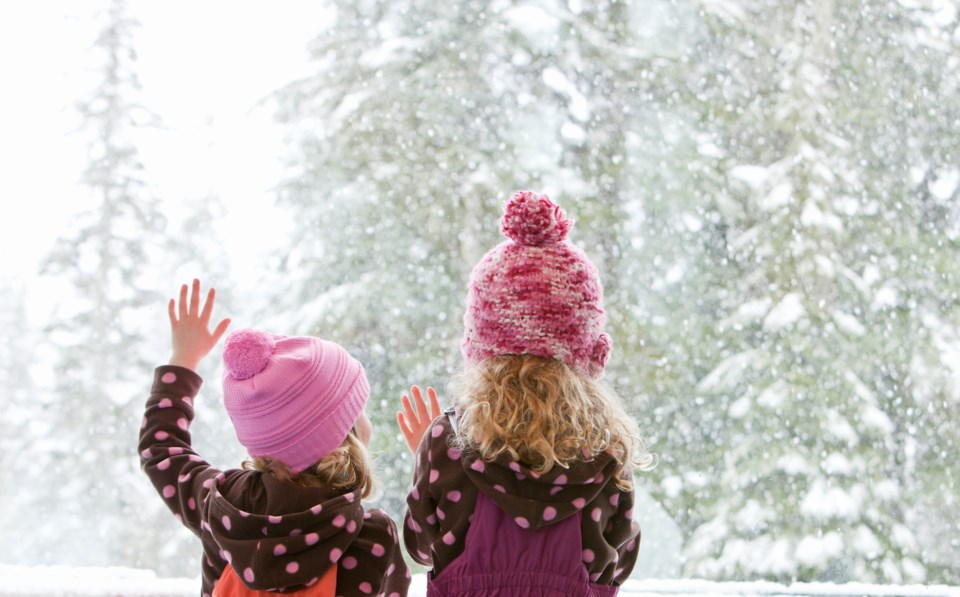In northern communities, in day-to-day activities.
For some, it means a day off from school. For others, it’s a signal that . Or maybe it’s a harbinger of an extra long . It’s remarkable how many memories and emotions can be evoked by a few billion tiny ice crystals.
We may see snow as a blanket or drifts across the landscape or our driveway. But when was the last time you took a closer look at snow, and I mean a really close look?
Many a writer has mused about snowflakes as a of art. Here’s a scientific look at the amazing nature of snowflakes and snow.
How do snowflaks form?
While different catalogues will say that there are , , we are probably most familiar with , characterized by elaborate and nearly symmetrical branches. You know, the type that you would .
The dendrite form is a study in water chemistry. When ice forms at the molecular level, the angle between the hydrogen and oxygen atoms will always ; put three of these together to get a full ring of molecules with a six-sided structure. In fact, every time a water molecule attaches itself to this ring, it will do so at the same angle.
As the snowflake grows, the attachment of water molecules is determined and humidity of the air. Since these characteristics don’t change too much at the size of a growing snowflake, those attachments tend to occur evenly across the six points of the hexagonal flake.
Molecule by molecule, the snowflake grows and eventually begins to fall. This takes the snowflake to a , where temperature and humidity are different, resulting in new ice structures forming, but still with the same set of angles.
Is each snowflake really unique?
A typical dendrite is made up of (that’s a one with 18 zeroes after it) individual water molecules. Given slight changes in temperature and humidity and the huge number of molecules and bonding opportunities involved, the ice structures created can be incredibly diverse and complicated.
For this reason, it is entirely likely that no two snowflakes form in exactly the same way, and consequently no two snowflakes are alike.
, where temperature and humidity are closely controlled, but that’s a bit of a cheat.
Why is some snow light and fluffy and some is heavy?
The story of snow crystal growth doesn’t end high above in the clouds. Once the snowflakes reach the ground and accumulate as a blanket of snow, they begin to change.
Freshly fallen snow tends to be light and fluffy because the flakes take up a lot of space and there is a lot of air between and within them. But over time, they break apart, pack tighter together and the density increases.
This process and is useful for building snow shelters like igloos and quinzees. But some of the most remarkable changes happen at the bottom of the snowpack, where warmth from the ground below and cold from the air above interact.
Through a process of sublimation — water molecules change from ice directly to vapour, skipping the liquid phase — and refreezing, cup-shaped crystals a few centimetres across can form. Though beautiful to look at, depth hoar has a low density and when it forms on a steep slope there is a chance for the snowpack to slide as an avalanche.
So next time you’re out in the snow, even if you’re grumbling about having to shovel the driveway for the umpteenth time this winter, take a moment to catch a snowflake on your mitten and have a look at it. You’re looking at a formation no one has ever seen before.
Check out physics professor website of snowflake forms.
![]()
Krystopher Chutko does not work for, consult, own shares in or receive funding from any company or organisation that would benefit from this article, and has disclosed no relevant affiliations beyond their academic appointment.




